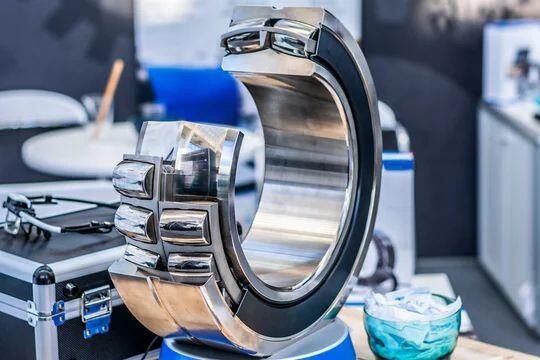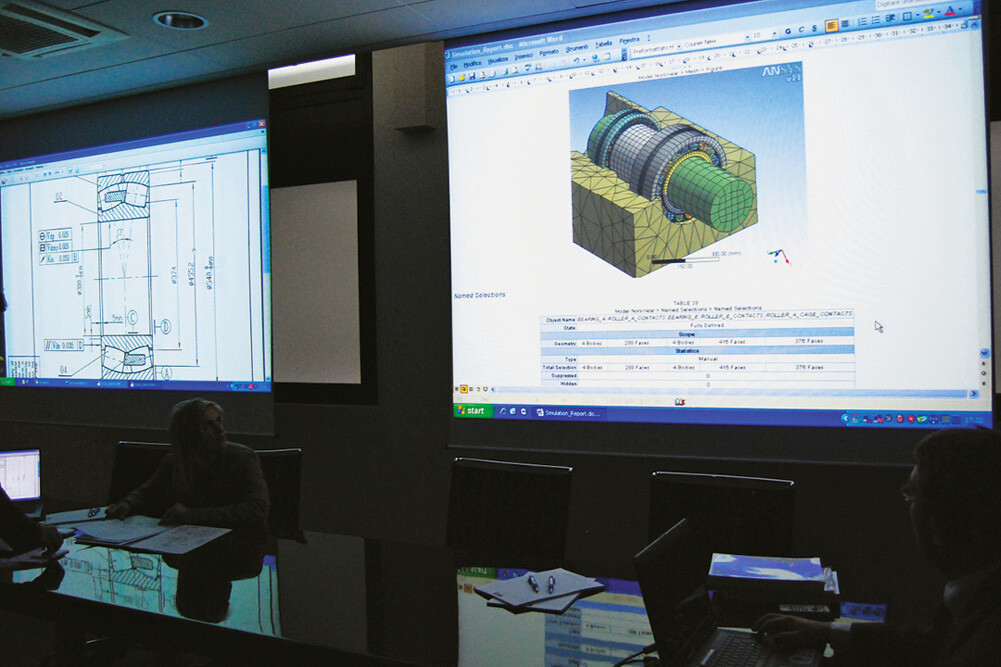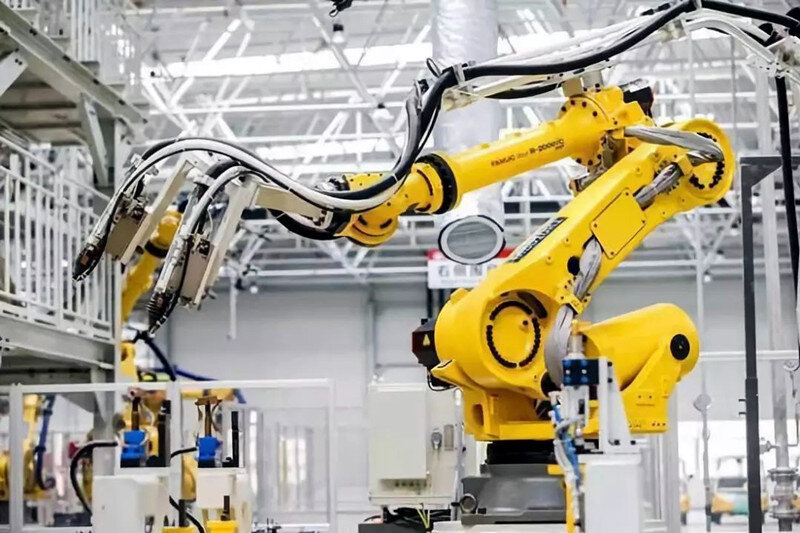
Bearing Manufacturer & Supplier
Specialize in ball bearings, roller bearings, thrust bearings, thin section bearings etc.
Robot bearing
With the continuous upgrading and development of modern industrial level, industrial robots have become an indispensable tool for realizing automation and intelligent production. Industrial robots are a new type of high-tech intelligent machines that can move freely and have multi-joint manipulators. It can work automatically according to relevant procedures or under human control. It can replace part of manual work and carry out industrial production quickly, accurately and stably.
According to the application environment of robots, robots are divided into two categories: industrial robots and service robots.
Table of Contents
ToggleIndustrial robot:
It is used in manufacturing fields, such as welding robots, handling robots, painting robots, assembly robots, palletizing robots, AGVs, etc.
Service robot:
Various advanced robots for non-manufacturing and serving human beings, such as personal, family, medical, construction, etc.

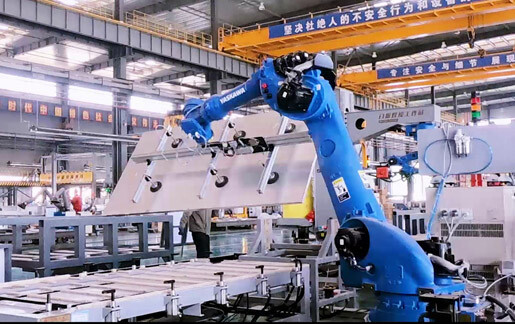
China's leading robot bearing manufacturer
Aubearing was established in 2002. It is a professional robot bearing manufacturer and has long been committed to the research and development and production of high-precision robot bearings. Aubearing have the advantages of high precision, low noise, low friction, long life, environmental protection, etc. and designers specify to use Aubearing.
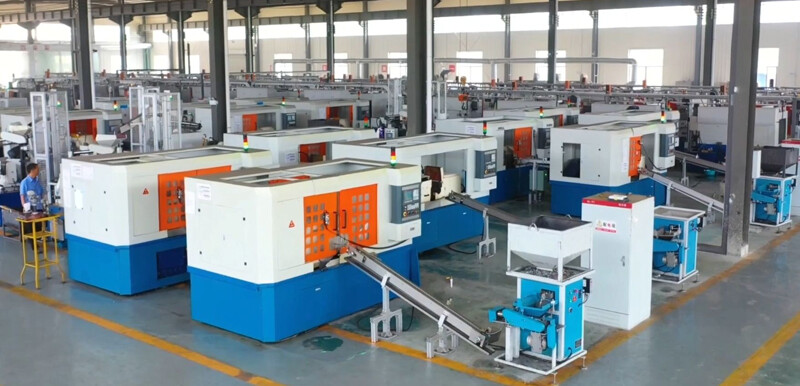
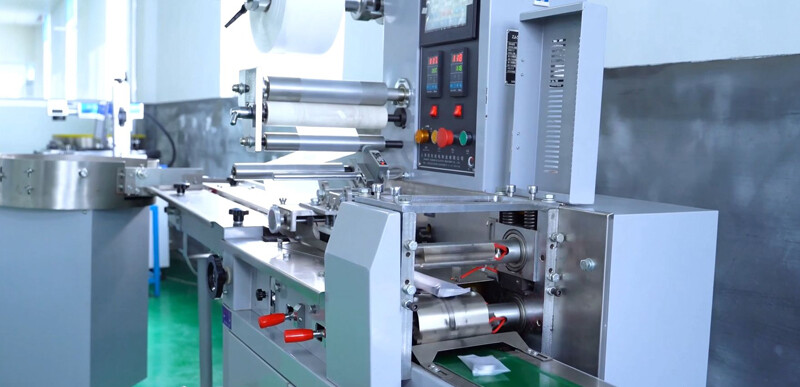
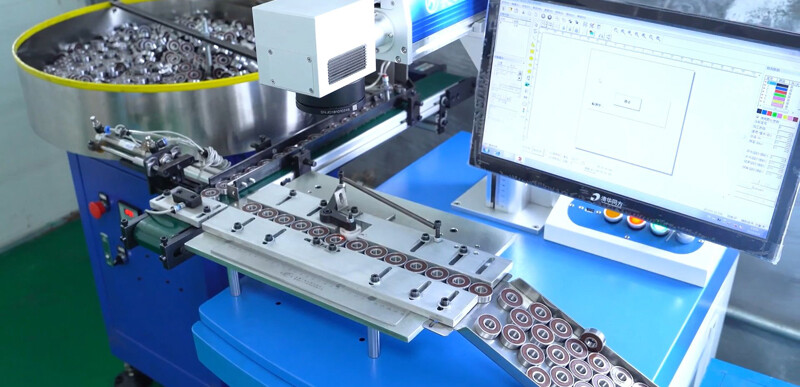
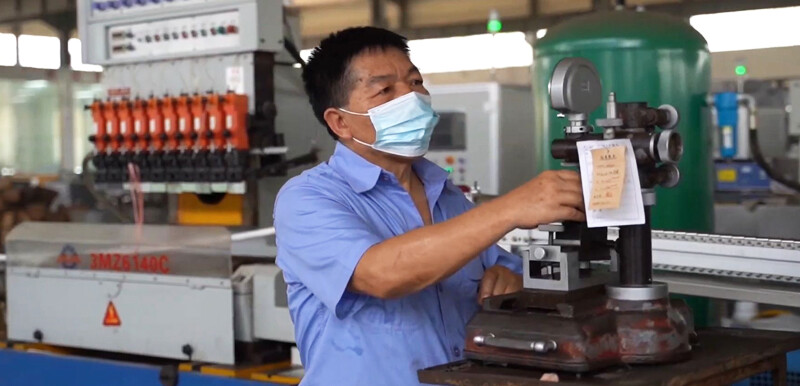

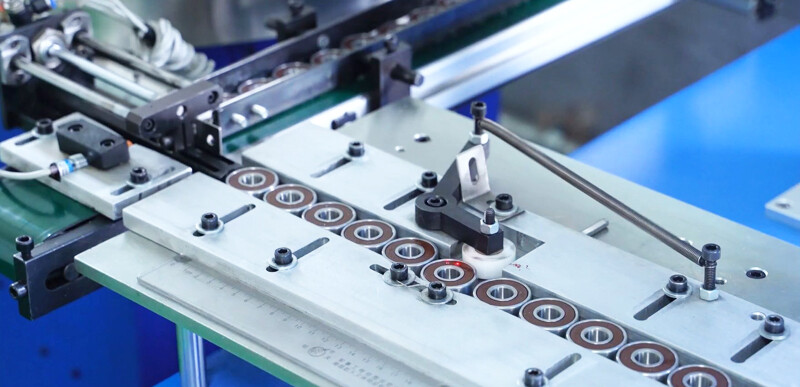
The lighter weight robot maximizes payload and reduces inertia, increases responsiveness and optimizes power requirements, and the use of compact components enables it to meet stringent space requirements. Aubearing bearings offer two advantages: compared to standard 6010 ball bearings, for example, the AU020CP0 is 83% lighter and requires 85% less space. The two most widely used bearing types in industrial robots are thin-section bearings and slewing rings.
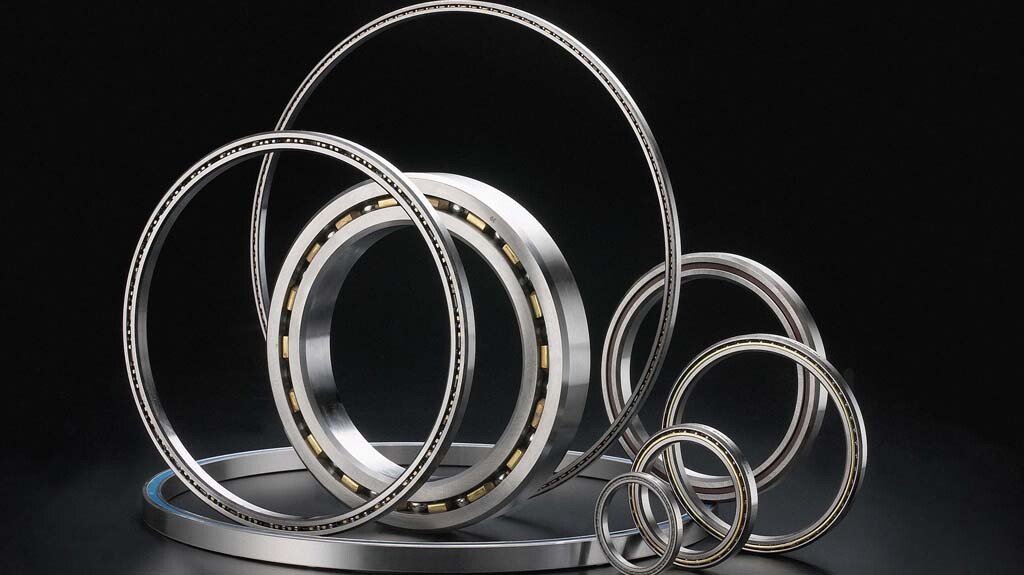
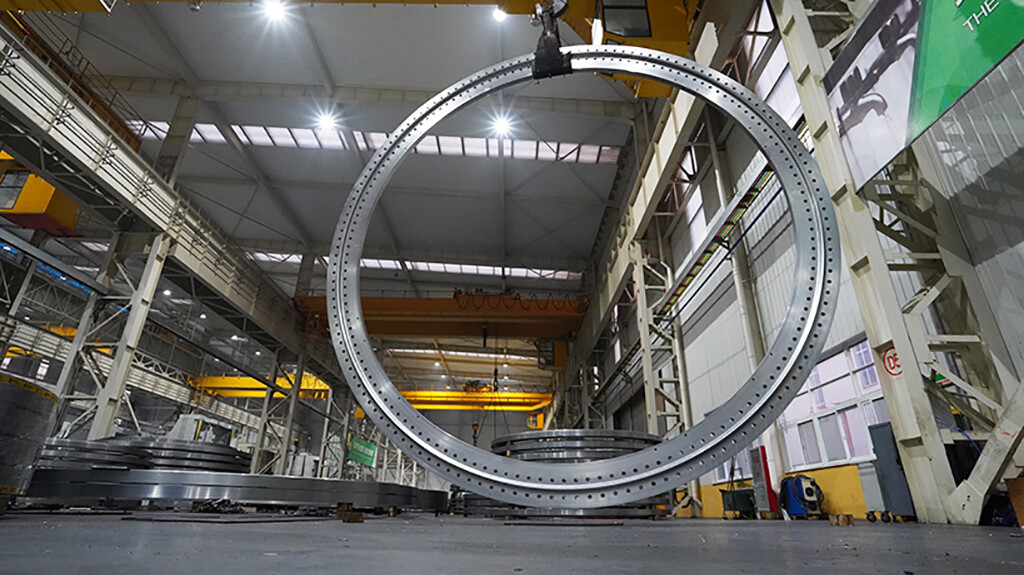
Thin section bearing
Thin section bearings for industrial robots are one of the indispensable and important accessories for industrial robots. General industrial robots tend to be lightweight and thin. There is limited space for the bearings to fit inside the robot. Therefore, the bearings used in industrial robots also need to be small in size, light in weight, high in load capacity, high in rotation accuracy, high in operation stability, high in positioning speed, high in repositioning accuracy, long in service life, and high in reliability. Therefore, the bearing must have good load carrying capacity, precision, rigidity, low frictional moment, long life and reliability. In this case, high-precision thin-walled bearings are the first choice for industrial robot bearings, and their precision can reach P5 or higher, and some of them can reach P2. Robotic thin-section bearings require proper clearance during production and assembly.
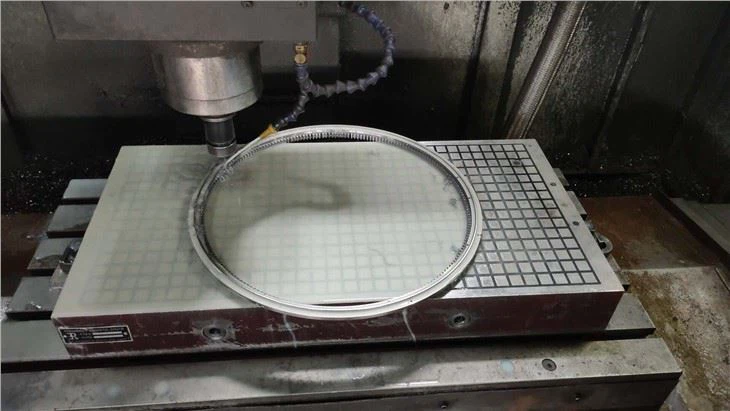

Solutions for thin section bearings for robots
Regardless of bore diameter, Aubearing have a constant cross-section while providing precision and ample dynamic capacity. The X-type four-point bearing—which can accommodate combined radial, thrust, and overturning moment loads—simplifies the overall design of the robot by replacing a pair of angular contact thin-walled bearings with a single bearing.
For the optimum combination of low torque and high stiffness, Aubearing offers duplex pairs, preloaded to eliminate the need for shims. Aubearing bearings have a single common race (outer or inner ring) and two ballways for applications requiring higher stiffness. Aubearing thin section bearings go a step further, featuring a single inner and single outer ring for optimum torque performance.
Aubearing Thin Section Bearings are available from stock in over 425 sizes and configurations. Popular options for robotic applications include stainless steel and special lubrication for vacuum conditions.
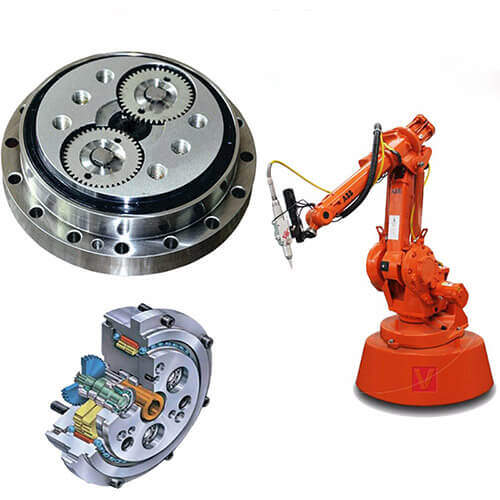
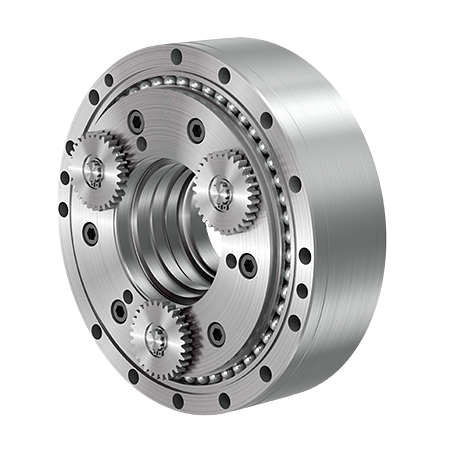
Application of slewing ring bearings in industrial robots
Aubearing slewing ring bearings are typically used in the first axis of a six-axis robot, sometimes called the waist, which must support the entire robot structure, arm and payload. Aubearing slewing ring bearings have excellent rotational accuracy, load capacity and long service life, and their overall configuration (mounting bolt holes, seals, gears, etc.) can significantly save material and assembly costs.
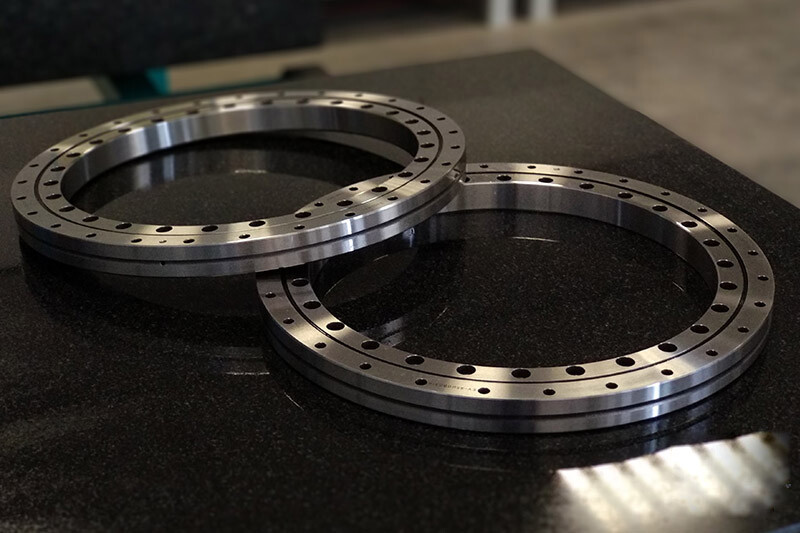
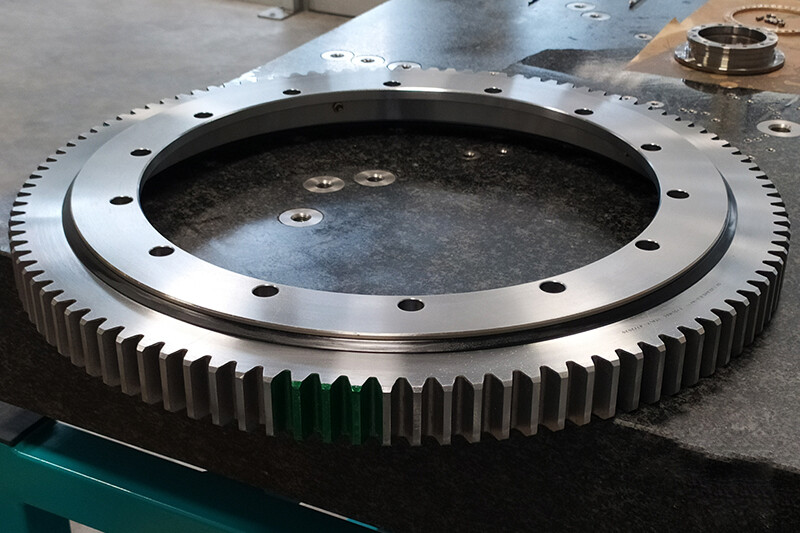
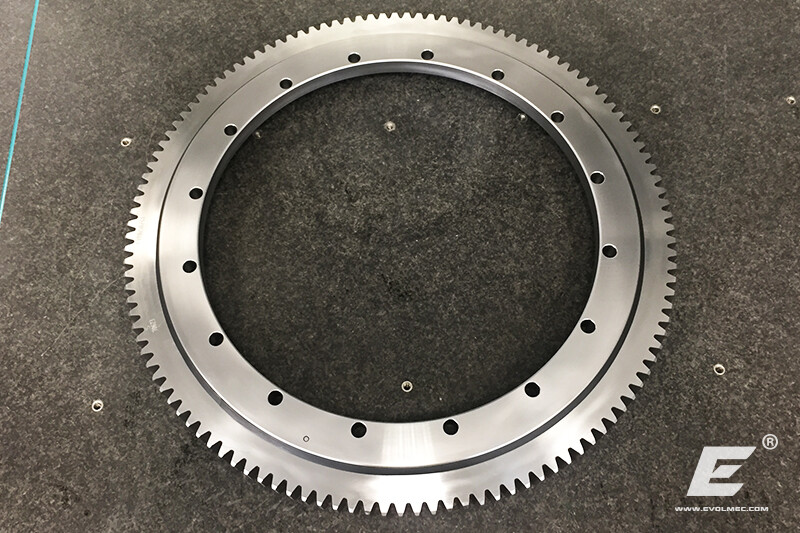
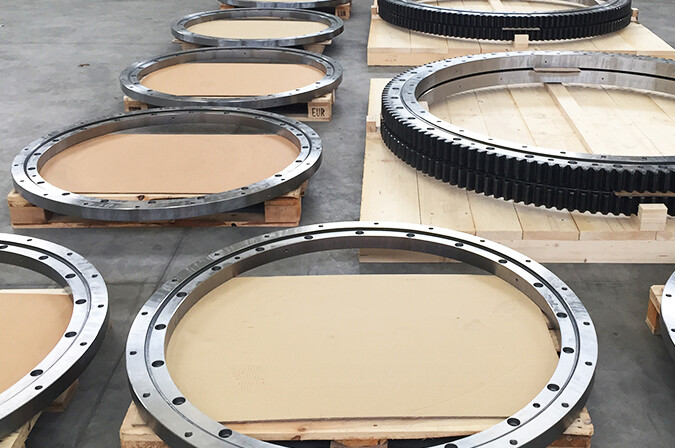
Aubearing’s small, thin-section slewing table bearings are designed for demanding applications, including robotics, to reduce weight, reduce product design envelope dimensions and increase design flexibility. Compared with traditional slewing ring bearings, Aubearing have significant advantages, including smaller size, higher precision and quick installation and replacement.
As the world’s leading producer of high-precision bearings and advanced bearing components, Aubearing also provides comprehensive engineering and technical support, including expertise in a wide range of robotic applications.

